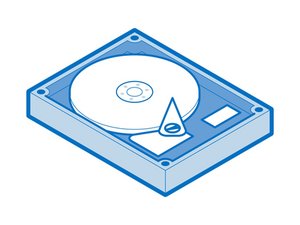It's highly unlikely that 17 capacitors and 2 IC's are shorted, usually only one or two fail and even then it's not one of the small ceramic capacitors, usually the large yellow tantalum caps die.
Did you check them after you pulled them off the PCB? If one component, be it a capacitor or IC is shorted, then all components on the shorted rail are going to give you close to 0ohms when testing for continuity with a multimeter making it infeasible to find the shorted component by removing every component one by one.
Keep in mind a low resistance reading does not necessarily indicate a short when working on these devices. Some IC's (especially the NAND itself) have low resistance by design, so be careful when testing.
The way to go about this is to inject voltage into the shorted rail and check if anything gets hot, you can do this using a thermal camera or by covering the board in isopropyl alcohol to check where it evaporates quickly. Start with a low voltage (0.6v-0.8v) since you're working with NAND memory.
Finding a schematic is unlikely for this. If the data is absolutely crucial I suggest you take it over to a data recovery center before messing around with it further.
Был ли этот ответ полезен?
Проголосовали
Отменить
Оценка
2
Отмена
Scroll through this thread to find the appropriate place for this comment. Then, click "Attach comment to this post" to move it.




 2
2 

 44
44  90
90
7 Комментариев
Who’s drive is this? We need the Maker, Model and it’s size.
Also what happened a bit of the back story might give us a clue.
из Dan
@danj
Intel 320 Series 300GB, model SSDSA2CW300G3. I put PCIE 6 pin power cable to CPU 8 pin power slot.
из ghdoyt
Ouch! So you’ll need to trace out each of the lines as you likely burnt a few components. I’ve never faced this so I can’t help you. But you likely need to find a set of schematics and board view drawings if they can be gotten! It might be worth the effort to contact Intel to see if they can help you.
из Dan
@danj
"find a set of schematics" - I think that's impossible but I have a multimeter so we can do some measurements.
из ghdoyt
@ghdoyt - There are ways to find some info if Intel can’t offer you the schematics. As an example the flash chip vendor will often offer the chip in an example with the wiring and components that at least offers a clue.
Sadly, just like traveling in a foreign land one needs a map to plot out how to get to where you need to go. Without a clue it’s just wack a mole to even know where and what to measure.
из Dan
Показать 2 больше комментариев